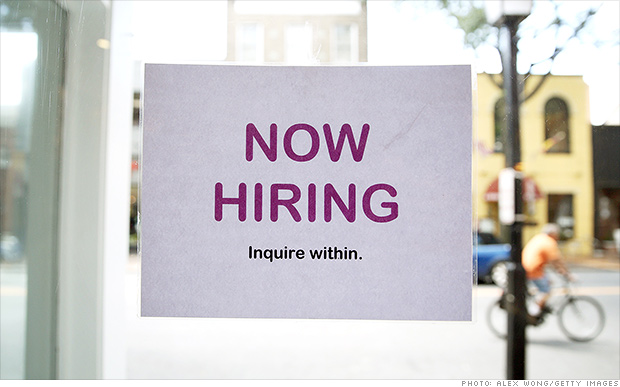

Staffers at the office focused on European polices, potentially putting the company at risk of failing to comply with the new Digital Markets Act. The European Union has also flagged that Twitter closing its Brussels office could result in added oversight from the European Commission. The chief twit is now facing a class action lawsuit as former Twitter employees claiming they didn't get enough notice before he fired them. The "muzzle", as the Tesla CEO calls it, was introduced as part of a court settlement after Musk joked in 2018 that he’d take Tesla private at $420 – a reference to the weed-smoking culture. He is already tussling with US Securities and Exchange Commission over an order for him to seek approval from Tesla before tweeting about the carmaker. The mass-layoffs at Twitter are likely to add to Musk's regulatory headaches. The sackings were made via combination of emails and by telling staff that if they didn't opt in for "intensity" then they should consider themselves without a job. Elon Musk, who ended up buying Twitter after months of back and forth, kicked off his reign as new chief twit by sacking half of the social media giant's workforce. I got this wrong, and I take responsibility for that." Not only has online commerce returned to prior trends, but the macroeconomic downturn, increased competition, and ads signal loss have caused our revenue to be much lower than I’d expected. Unfortunately, this did not play out the way I expected. "I did too, so I made the decision to significantly increase our investments. "Many people predicted this would be a permanent acceleration that would continue even after the pandemic ended," Zuckerberg said in a statement. Many corporate chieftains, like Meta's Mark Zuckerberg, have blamed their staff cuts on themselves, saying that they were too optimistic in their growth plans during the coronavirus crisis. One factor behind the mass-layoffs in the tech industry is that many companies were too bullish in their hiring during the pandemic. Just like the volatile market conditions, the tsunami of redundancies have many causes. They heralded the wave of mass-layoffs that has swept in across the industry. Tech talent should've taken the hiring freezes as a warning. First came the hiring freezes, then the tech talent layoffs

That figure has plunged to 96,179 posted roles this year. In November 2021, there were jobs being posted 225,506. The industry is also advertising fewer roles. By the same time this year, that figure had dropped to 390,788 active roles. The number of open roles in the tech industry has dropped steadily across the globe over the past year, according to data from GlobalData.īack in November 2021, at the peak of last year's bull market, there were 591,955 active tech roles posted across the global industry. Companies like Apple and Google have instigated hiring freezes. When the realisation of the market situation started to dawn on tech companies earlier this year, many of them snapped into action. Tech leaders, like online shopping giant Flipkart's CEO Kalyan Krishnamurthy, believe the funding crunch will continue over the next 18 months at least. It is also below the $765.4bn and $1.2tn secured by the sector in 20 respectively. That is dramatic drop from the $1.5tn secured across 26,230 capital raises in 2021. This year, the global industry has only raised north of $602.7bn across 19,050 venture financing, equity offering, private equity and debt offering deals, according to research firm GlobalData. The tumbling markets and interest rate hikes have choked off access to easy capital, and soaring inflation has made all those companies promising future profit a lot less valuable today.įunding in the tech industry has run dry in 2022. Tech funding drops and puts a stop to hiring of new talent Some more hawkish market watchers believe these factors will contribute to hurling the US and other markets into a recession over the next few months. Its rush to raise and keep interest rates high can in many ways to be interpreted as an over-reaction to its policies over the past two years. Some accuse the Federal Reserve of having kept interest rates too low for too long during the hyped up and empty growth seen over the past two years. While those expenses can be understood, governments are now paying the bill. Then there’s the hangover from government spending during the pandemic to save jobs and lives. As the war rages on, global food shortages worsen, which propel prices for available food to new levels. Russia and Ukraine also supply about a third of the world’s wheat and barely as well as 70% of the planet’s sunflower oil.


 0 kommentar(er)
0 kommentar(er)
